Some trips are about getting away, not just from people but from the pace of things. Not everyone wants to be in the middle of a crowd. Sometimes, you just want space.
The places in this list aren’t easy to reach. They take time, planning, and a willingness to be alone…but that’s part of the appeal. There’s no pressure to do anything or see everything. Just the quiet, the land, and whatever comes up when you’re there.
So here are a few of the loneliest places in the world you can still visit if you’re looking for a different kind of travel.
Also read: The Best Unique Souvenirs to Collect When Travelling Around the World
1. Pitcairn Island, Pacific Ocean
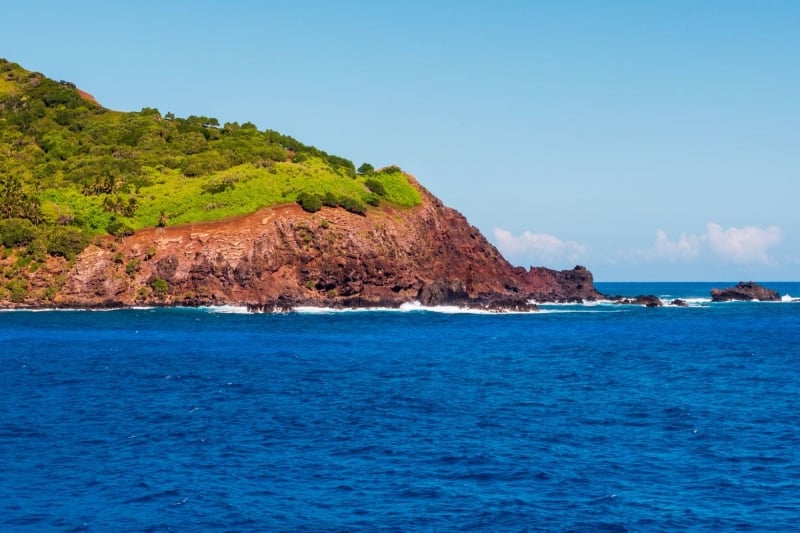
Image Credit: jfbenning via Canva Pro
Home to fewer than 50 people, Pitcairn Island is one of the most remote inhabited places in the world. It is best known as the refuge of the HMS Bounty mutineers, whose descendants still live there today.
There are no airports on the island, and it takes over 30 hours by boat from French Polynesia to get there. But visitors are rewarded with raw coastal cliffs, walking trails, and a kind of community life that has barely changed in decades.
Cool fact: Every visitor is personally greeted by the mayor or a council member. It’s that small.
How to go: Fly to Tahiti, then to Mangareva. From there, take a supply ship to Pitcairn (about 32 hours).
2. Taklamakan Desert, China
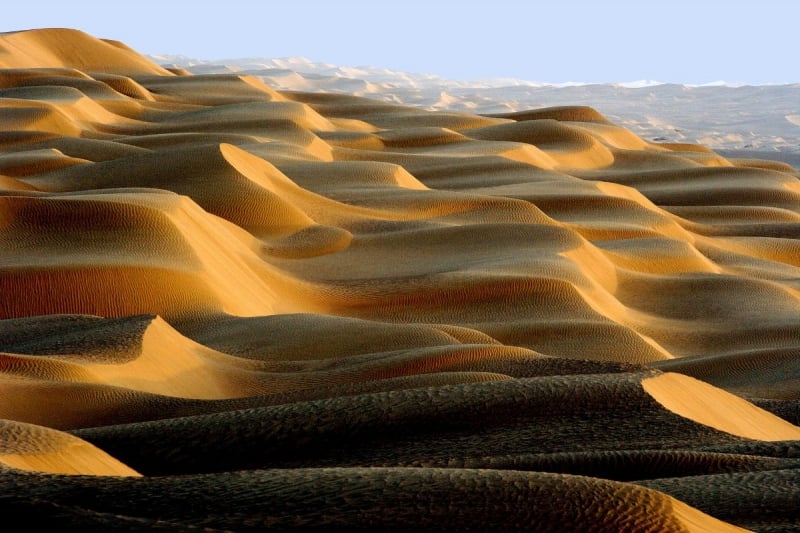
Image Credit: Hans Harms via Canva Pro
Its name loosely translates to “you can get in, but you can’t get out.” The Taklamakan is China’s largest desert and one of the harshest in the world. It is known for extreme temperatures, shifting sand dunes, and a history of lost ancient cities buried under the sand.
This isn’t a place for casual hiking. But certain desert highways and old Silk Road towns like Hotan or Korla offer a chance to experience the edges of it in a safer way.
Cool fact: In 2005, scientists found a 3,800-year-old mummy in the Taklamakan with remarkably well-preserved features and clothing.
How to go: Domestic flights to Hotan or Korla, then hire a guide or driver to explore safe areas near the desert.
Also read: Mui Ne Sand Dunes: My Experience Visiting These Surreal Dunes in Vietnam
3. Ittoqqortoormiit, Greenland
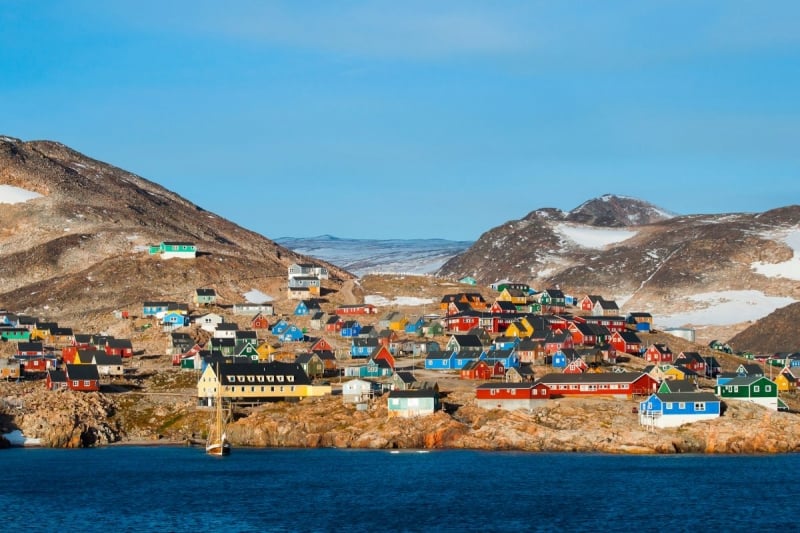
Image Credit: Photon-Photos via Canva Pro
This tiny town sits on the edge of the world, literally. Located on Greenland’s eastern coast, Ittoqqortoormiit is one of the most isolated settlements on the planet.
There are no roads connecting it to the rest of the country. The sea is frozen for much of the year, and flights are limited. But the Arctic landscape is breathtaking, with deep fjords, polar bears, and the northern lights in winter.
Cool fact: The town’s name means “the place with big houses” in Greenlandic, even though fewer than 500 people live there.
How to go: You’ll need to fly to Iceland first, then take a small plane and a helicopter or boat depending on the season.
4. Death Valley, United States
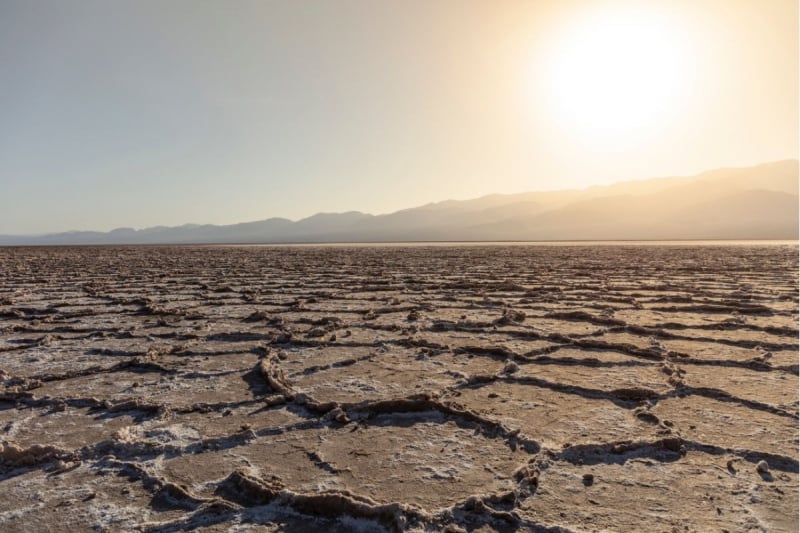
Image Credit: LPETTET via Canva Pro
Death Valley sits in California’s Mojave Desert and holds the record for the hottest air temperature ever recorded on Earth (56.7°C). In summer, it’s so dry and quiet that it can feel like the world has stopped moving.
Despite the name, Death Valley is full of strange beauty. There are salt flats that stretch for miles, pastel-colored canyons, and sand dunes that shift with the wind. Some areas like Badwater Basin sit below sea level, making the whole place feel otherworldly.
Cool fact: A rare phenomenon called “sailing stones” happens here, where rocks that move across the desert floor on their own, leaving long trails behind them.
How to go: You can drive into the park from Las Vegas or Los Angeles. Avoid summer if possible, and bring plenty of water. Visitor centers and ranger stations are open seasonally.
5. La Rinconada, Peru
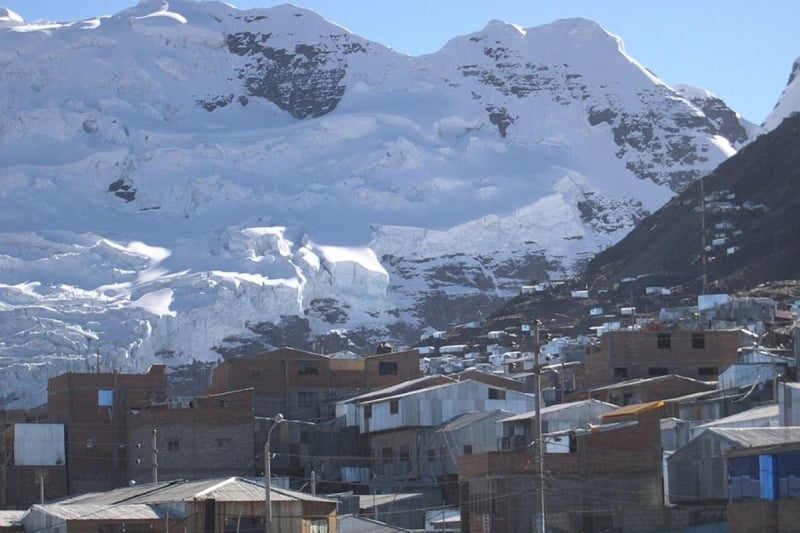
Image Credit: yo via Wikimedia Commons
At over 5,000 metres above sea level, La Rinconada is the highest permanent settlement in the world. It’s a gold-mining town in the Peruvian Andes, with no running water and thin air that makes even walking a challenge.
It’s not a typical tourist destination, but some curious travellers come here to see what life looks like in extreme conditions. The landscape is harsh but beautiful with icy peaks, alpine light, and winding mountain roads.
Cool fact: At this altitude, the boiling point of water drops to about 82°C, so cooking takes longer.
How to go: Travel from Cusco or Puno to Puno’s mountain towns, then take a long bus or 4WD ride up to La Rinconada.
6. The Empty Quarter, Arabian Peninsula
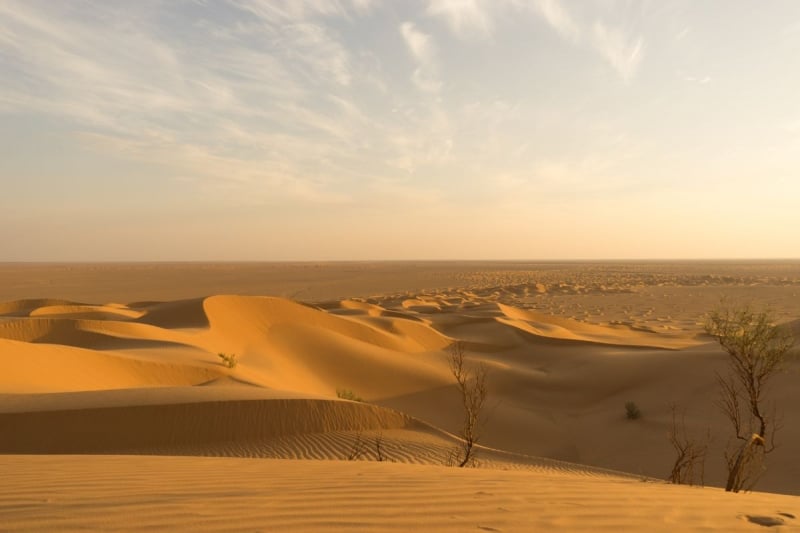
Image Credit: divingaroundtheworld via Canva Pro
The Rub’ al Khali, or Empty Quarter, stretches across Saudi Arabia, Oman, the UAE, and Yemen. It’s the largest continuous sand desert in the world, made up of endless dunes and almost no settlements.
Temperatures soar, and water is scarce. But some parts of the Empty Quarter are accessible with guides, and the shifting landscapes of sand can feel otherworldly, like a sea made of gold.
Cool fact: Sand dunes here can reach up to 250 metres tall, and satellite images show the wind has shaped them into repeating wave patterns.
How to go: Access routes vary. In Oman or the UAE, there are guided 4WD desert tours that enter the outer regions.
Bonus Mention: McMurdo Dry Valleys, Antarctica
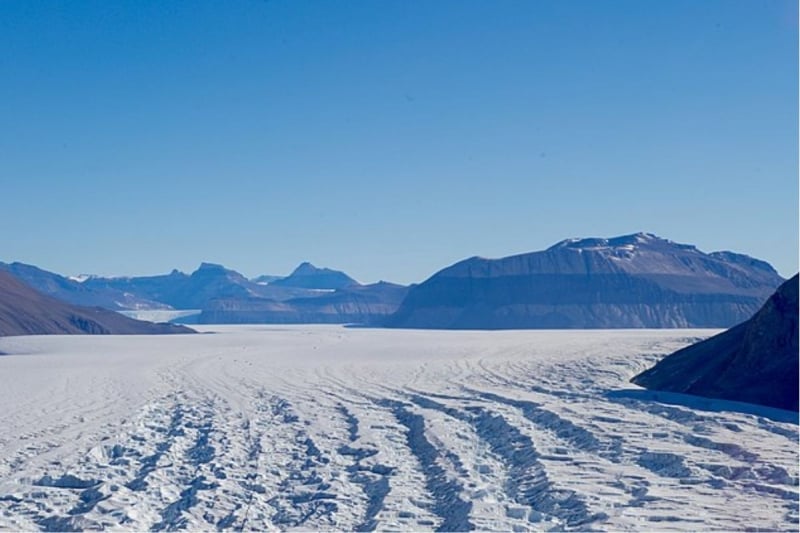
Image Credit: U.S. Department of State from United States via Wikimedia Commons
In a continent already known for being remote, the McMurdo Dry Valleys push that idea even further. There’s barely any snow here, which makes it one of the driest places on Earth, even though it sits right in the middle of Antarctica.
No animals live in the valleys, and you won’t see much plant life either. Just bare rock, ancient glaciers, and frozen lakes that haven’t melted in millions of years. NASA even tested Mars rovers here, because the terrain is so similar.
Cool fact: The Dry Valleys get only about 100mm of precipitation per year, which is less than some deserts.
How to go: You can’t visit on a regular cruise. Most people only get access through scientific research programs, but a few high-end expeditions may include scenic flights over the area if conditions are right.
Also read: A Lonely Eiffel Tower in Hangzhou: The Story of China’s Fake Paris
Final thoughts
These places aren’t easy to get to. Some take days of planning, while others are more about the idea than the destination itself. But that’s what makes them special. Loneliness, in the right place, can feel like freedom. And sometimes, being far from everything helps you feel a little closer to yourself.




